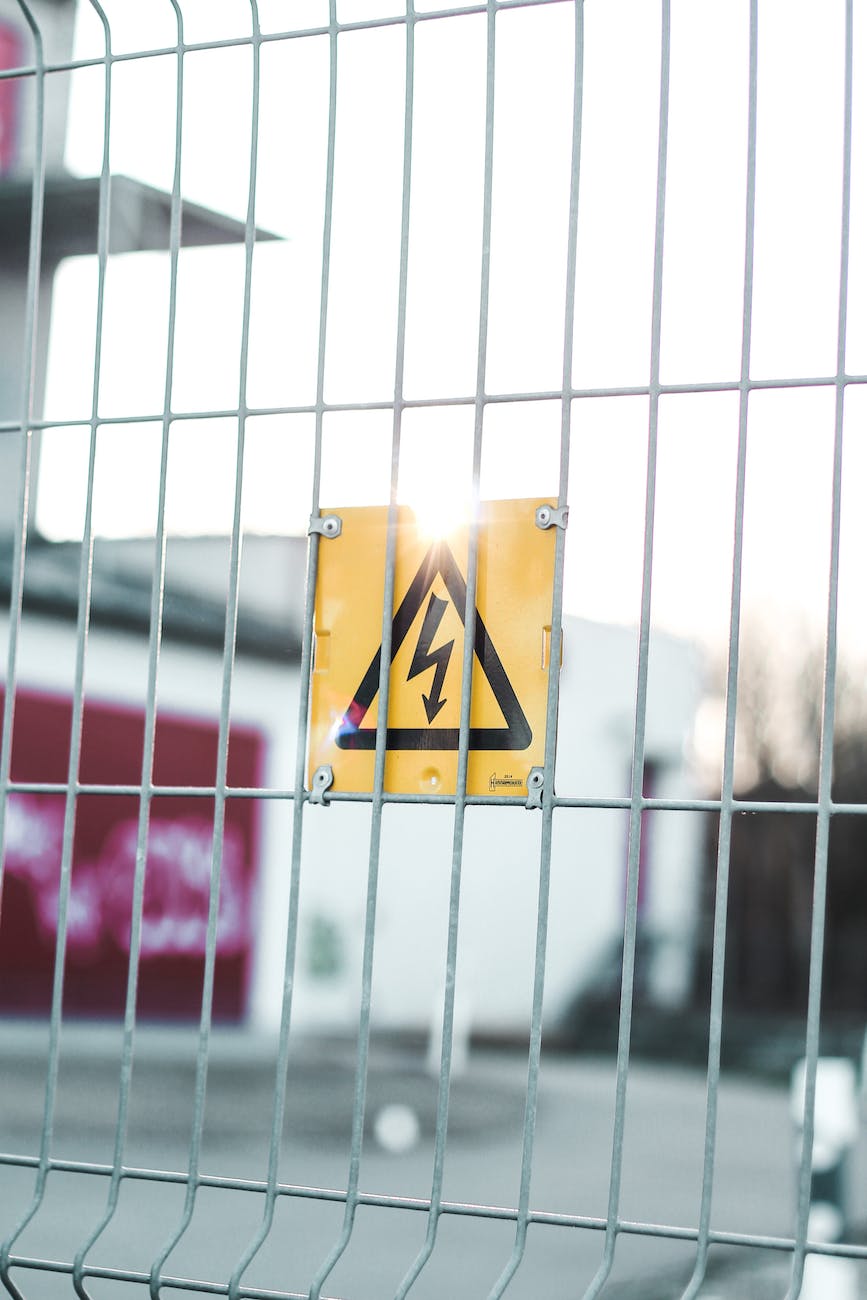
Safety Regulations in Industrial Safety
Safety Regulations in Industrial Safety : Industrial safety remains a critical concern in today’s workplaces, with safety regulations serving as the cornerstone of a secure environment for employees, assets, and the surroundings.
Understanding Safety Regulations
Safety regulations encompass diverse measures, from risk assessment to compliance enforcement, ensuring a comprehensive approach to workplace safety.
Key Elements of Safety Regulations
Central aspects include risk assessment, management, and the crucial role of compliance and enforcement in maintaining safety standards.
Implementation of Safety Regulations
Regulatory bodies play a pivotal role in implementing safety regulations, integrating them effectively into workplace practices.
Benefits of Adhering to Safety Regulations
Adherence leads to fewer accidents, improved productivity, and efficiency, demonstrating the value of compliance.
Challenges in Enforcing Safety Regulations
Despite their importance, challenges like compliance issues and adapting to technological advancements persist.
International Perspectives on Safety Regulations
Diverse approaches and global harmonization efforts shape safety standards, offering varied yet collective insights.
Future Trends in Safety Regulations
Technological impact, evolving regulatory approaches, and success stories drive the future of safety regulations.
Educating and Training for Compliance
Employee education and promoting a safety-oriented culture are vital for successful compliance.
Economic Impacts of Non-Compliance
An analysis of costs associated with safety violations underscores the significance of adherence.
Measuring the Effectiveness of Safety Regulations
Establishing metrics is crucial for evaluating the impact and success of safety regulations.
Public Perception and Social Responsibility
Safety regulations influence a company’s image and community engagement, emphasizing social responsibility.
Innovations in Safety Technologies
Continuous advancements in equipment and technology drive improvements in safety measures.
Safety regulations in industrial settings are crucial for protecting workers and minimizing risks. These regulations cover various aspects to ensure a safe working environment:- Personal Protective Equipment (PPE): Mandates the use of appropriate gear like helmets, gloves, goggles, and respirators to safeguard against specific hazards.
- Hazard Communication: Requires proper labeling of hazardous materials, providing safety data sheets, and educating workers about potential dangers and handling procedures.
- Machine Guarding: Ensures machines have protective barriers or mechanisms to prevent contact with moving parts, reducing the risk of injuries.
- Emergency Procedures: Specifies protocols for handling emergencies like fires, chemical spills, or accidents, including evacuation plans and first aid training.
- Electrical Safety: Defines guidelines for safe electrical installations, equipment use, and maintenance to prevent electric shock and fires.
- Workplace Ergonomics: Focuses on designing workspaces and tasks to minimize strain and musculoskeletal injuries, promoting employee health.
- Safety Training: Mandates regular training sessions for employees to understand safety protocols, emergency procedures, and equipment operation.
- Environmental Safety: Ensures industrial activities comply with environmental regulations to prevent pollution and protect ecosystems.
- Fall Protection: Enforces measures such as guardrails, harnesses, or safety nets to prevent falls from heights, a significant risk in many industrial settings.
- Health Monitoring: Includes regular health checks for workers exposed to specific hazards to detect and prevent occupational illnesses.
These regulations may vary depending on the industry and location, but their goal remains constant: to prioritize the safety and well-being of workers while minimizing potential risks.What is Risk Assessment in Safety?
What are the 12 Elements of SMS?
Conclusion
Safety regulations in industrial settings are imperative, ensuring workplace safety, preserving lives, and fostering sustainability. They are not just a legal obligation but a moral responsibility.
FAQs
- Why are safety regulations crucial in industrial settings? Safety regulations safeguard employees and ensure sustainable workplaces.
- How do safety regulations impact productivity? Compliance reduces accidents, minimizing downtime and boosting productivity.
- Are safety regulations uniform across industries? While principles align, specific regulations vary based on industry needs.
- What role do employees play in compliance? Employee training and adherence are pivotal for successful compliance.
- How do safety regulations adapt to technology? Regulations evolve alongside technology to maintain workplace safety standards.
























